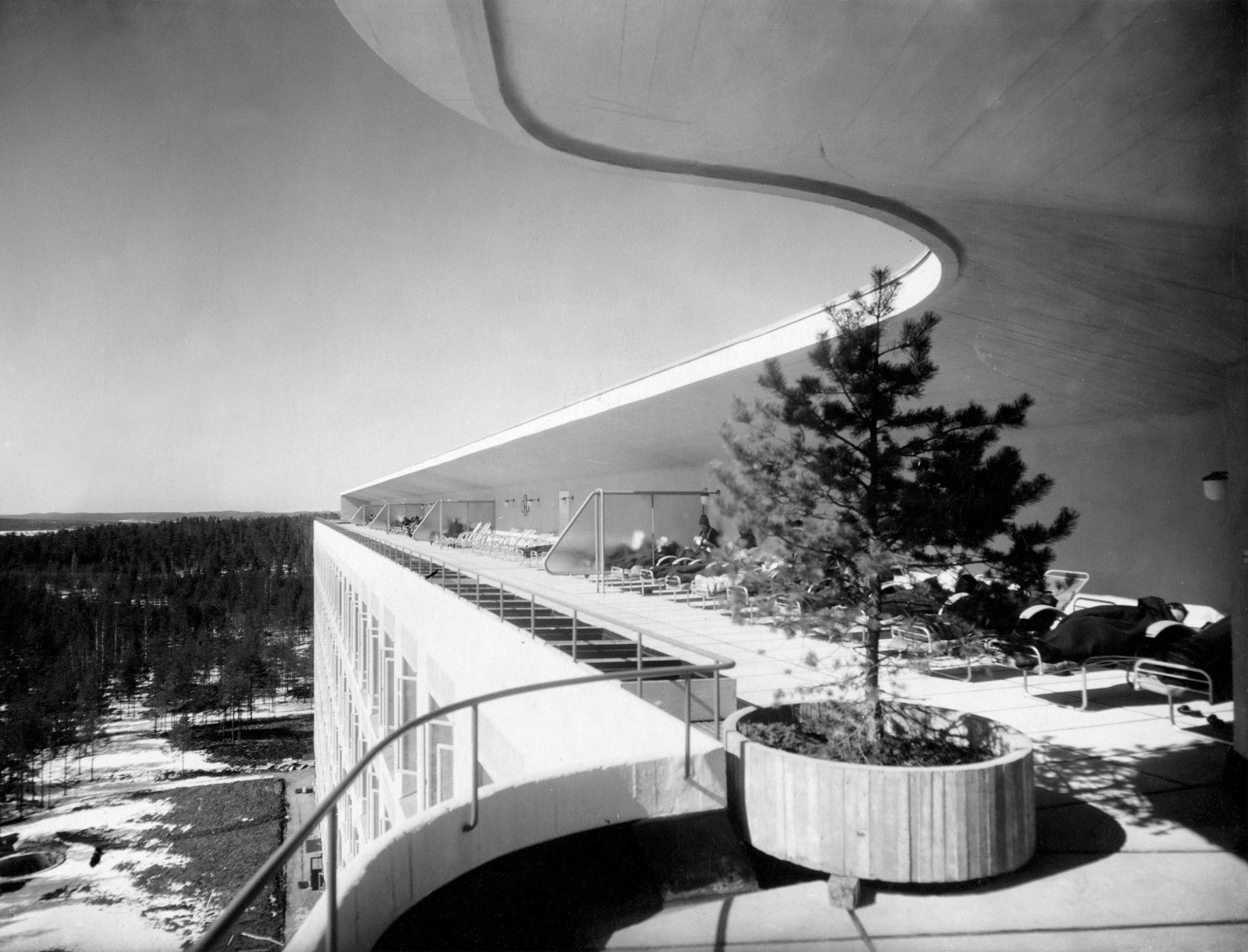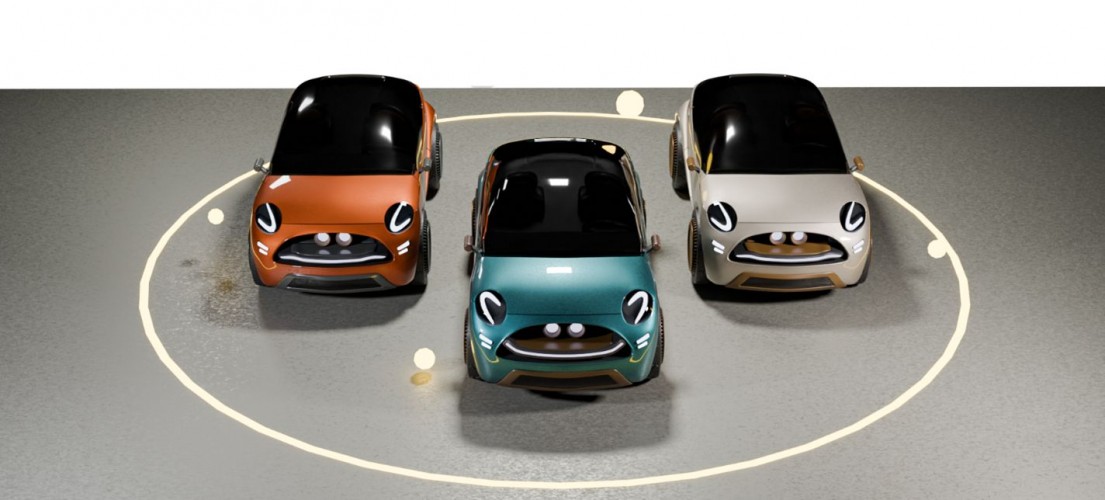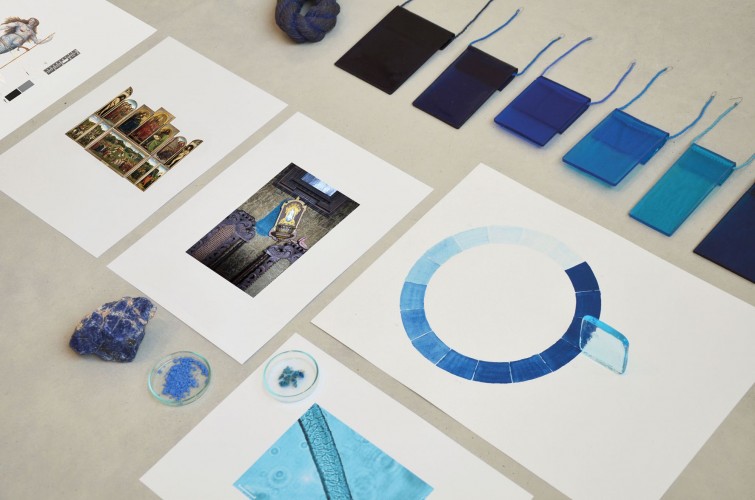Η υγιεινή του μοντέρνου κινήματος
DS.WRITER:
Τάσος Γιαννακόπουλος
Paimio Sanatorium Terrace, Alvar and Aino Aalto, photo by Gustaf Welin, 1929 | alvaraalto.fi
O μοντερνισμός και η υγεία είναι φίλοι καλοί. Είχαν σχέσεις από την απαρχή του με κάποιες βασικές παραδοχές του κινήματος, όπως είναι ο ήλιος, ο αέρας και οι καλές αποστάσεις, αλλά και με τα ιστορικά γεγονότα που τον εκτίναξαν στη σχετικότητα και του προσέφεραν κατάλληλα επιχειρήματα, όπως η πανδημία της ισπανικής γρίπης και η έξαρση της φυματίωσης. Έτσι, οι μεγάλοι αγωνιστές του μοντερνισμού πρότειναν -πολύ χοντρικά- κτίσματα σχεδιασμένα με βασικές γεωμετρικές φόρμες, εύκολα κατασκευασμένα από τη βιομηχανία, με μεγάλα ανοίγματα και κατάλληλες αποστάσεις αναμεταξύ τους, βαμμένα επί το πλείστον λευκά. Αυτό θα εγγυόταν επαρκή φωτισμό και αερισμό στο εσωτερικό και οι αρρώστιες δε θα μεταδίδονταν το ίδιο εύκολα με πριν, και αυτή η συνθήκη θα ήταν προσβάσιμη σε όσο το δυνατόν περισσότερους.
H σύνδεση υγιεινής και σχεδιασμού, αρχιτεκτονικής και κατασκευής, δεν είναι κάτι καινούριο φυσικά. Ο Βιτρούβιος, μηχανικός της Ρωμαϊκής αυτοκρατορίας, έχει υπάρξει καθοριστική φυσιογνωμία ανά τους αιώνες, αν και το συγκείμενο της δράσης του είναι μάλλον περίεργο για τα σύγχρονα μάτια μας. Θα ήταν σαν αξιωματούχος μηχανικός του αμερικάνικου Πενταγώνου να καθοδηγεί τις ιδέες μας περί ομορφιάς και υγείας. Όπως και να ’χει, στα περίφημα βιβλία του Περί Αρχιτεκτονικής (De Architectura), ανάμεσα σε πολλά ζητήματα καταπιάνεται και με την κατάλληλη θέση πόλεων, μακριά από έλη και άλλες ανθυγιεινές περιοχές, τη σωστή θεμελίωση για να αποφεύγεται η υγρασία στα σπίτι, και προτείνει και το ασβέστωμα για τελική στρώση εξυγίανσης και ενεργητικού καθαρισμού. Ιδιαίτερα η τελευταία θέση των άσπρων επιφανειών και της καθαρότητας γενικά, είναι μια ταλαιπωρημένη αλλά και ενδιαφέρουσα στιγμή για το μοντέρνο κίνημα.

Le Corbusier and Pierre Jeaneret, studio for Amédée Ozenfant, 1923 | e-flux.com

Richard Neutra, Lovell Health House, 1929 | metalocus.es
Ο μοντερνισμός επιδιώκει καθαρότητα και καθαρισμό σχεδόν σε όλα, και εκεί το πράγμα μπορεί να στραβώσει. Προτείνει κάτι που αποκαλείται αλήθεια της κατασκευής, έχει μια μανία με τη ζωή τού ελάχιστου και προσπαθεί να τα βρει όλα με την ελάχιστη διαστασιολόγηση, καταγγέλλει τον διάκοσμο ως έγκλημα και γενικά επιμένει στο λευκό και την υγεία. Αρέσει η σαφήνεια του προγράμματος που κατακερματίζεται σε συγκεκριμένες ζώνες λειτουργίας, οι οποίες και οφείλουν να εκφράζονται ορθόδοξα και καθαρά στους όγκους του κτηρίου -αν και αυτό παραπέμπει περισσότερο στον φονξιοναλισμό, που έχει αρκετές διαφορές με τον μοντερνισμό. Η κατασκευαστική λογική πρέπει και αυτή να δείχνει τη λογική της, αλλιώς έχεις αποτύχει. Το στεγνό φως της χειρουργικής λάμπας που διαχωρίζει τα πάντα χωρίς έλεος και δεν αφήνει χώρο σε μυσταγωγικές σκιές και σε εγκώμια ημίφωτος, είναι μέσα στις ιδεολογικές αγκυλώσεις του μοντέρνου κινήματος που φτάνουν έως και τις μέρες μας, ορισμένες φορές ανέγγιχτες.
Ταυτόχρονα, μέσα από αυτό το πρίσμα της θεραπείας μέσα από το design έχουμε και καταπληκτικά δείγματα, όπως είναι το πρόγραμμα σανατορίων της Φινλανδικής κυβέρνησης, με κορυφαίο το σανατόριο Paimio των Alvaar και Aino Alto. Το πρόγραμμα στην εγκατάσταση περιελάμβανε καθαρό αέρα, δίαιτα, άσκηση, ξεκούραση και ηλιοθεραπεία, που οδήγησαν σε συγκεκριμένες σχεδιαστικές επιλογές. Οι βεράντες με τα μεγάλα ανοίγματα, η ανοιχτή επίπεδη στέγη, τα περίπτερο κτίσμα μες στο δάσος και, φυσικά, η σύλληψη του χρώματος ολιστικά, τόσο ως κατηγοριοποίησης των χωρικών θεμάτων του κτηρίου, όσο και θεραπευτικά μέσα από την επίδραση των βαμμένων επιφανειών και στοιχείων, λειτουργούν προς την κατεύθυνση της θεραπείας των επισκεπτών/ασθενών. Το συγκεκριμένο έργο άφησε πίσω του και τις ανακλινόμενες καρέκλες Paimio, οι οποίες είχαν σχεδιαστεί αρχικά περισσότερο σαν φαρμακευτική συσκευή με την απογευματινή κατάκλιση στο σανατόριο, παρά για σκέτη απόλαυση, ένα αρκετά προτεσταντικό πρίσμα θεώρησης.
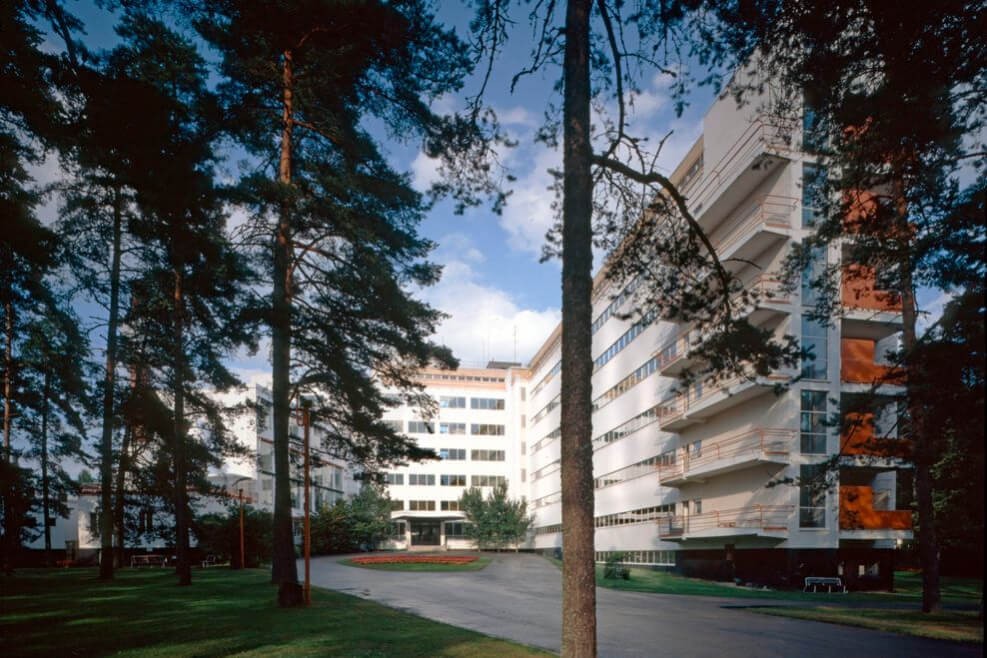
Paimo Sanatorium Entrance, Alvar and Aino Aalto, photo by Maija Holma, 1929 | alvaaralto.fi
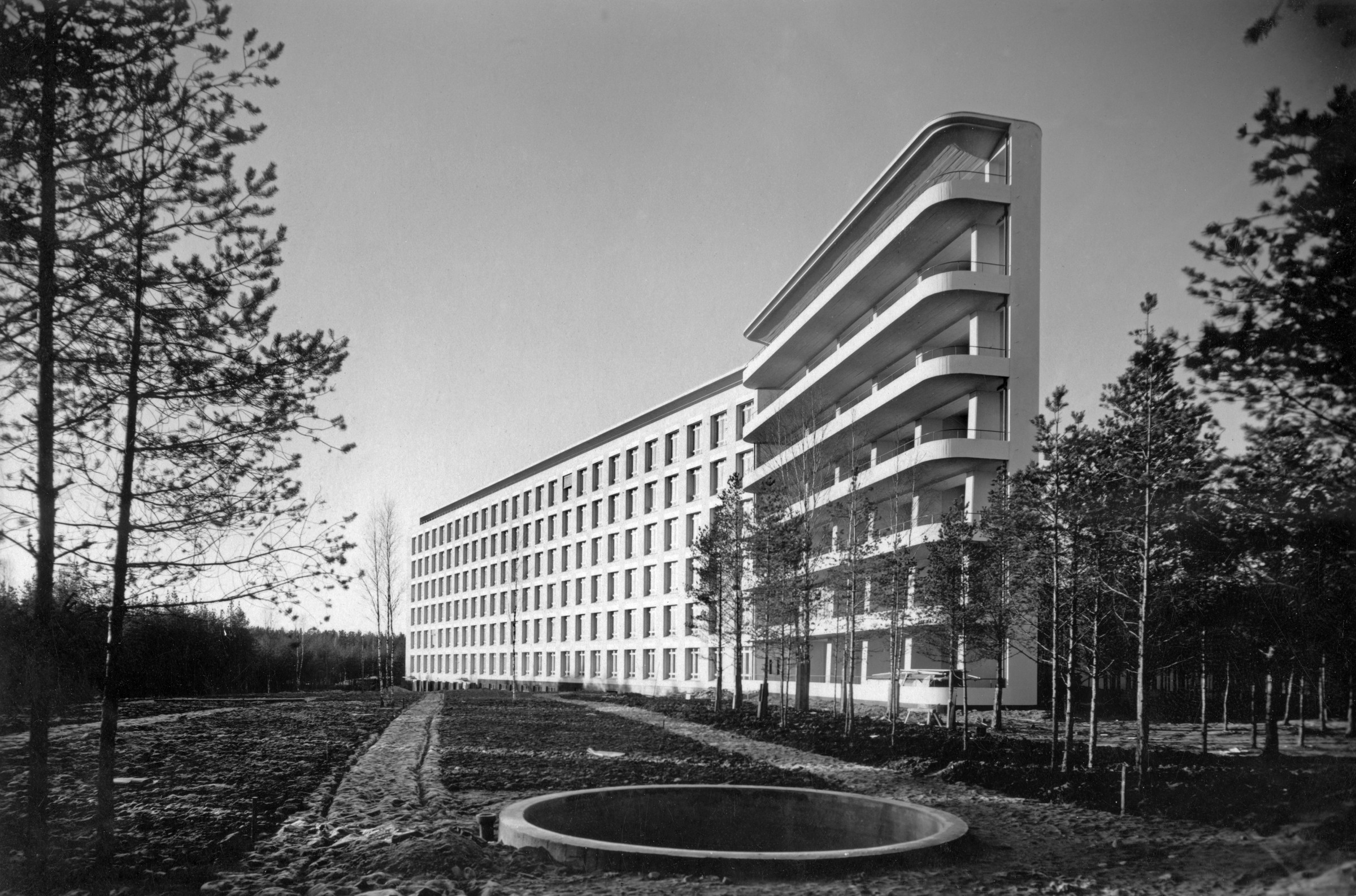
Paimo Sanatorium, Alvar and Aino Aalto, photo by Gustaf Welin, 1929 | alvaaralto.fi
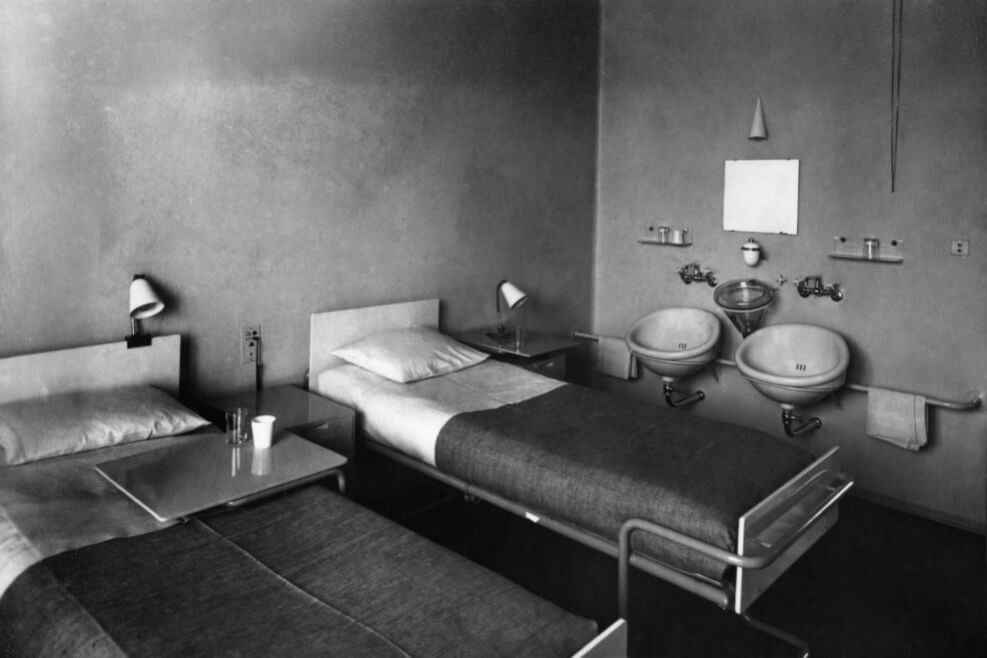
Paimio Sanatorium Rooms, Alvar and Aino Aalto, photo by Gustaf Welin, 1929 | alvaraalto.fi
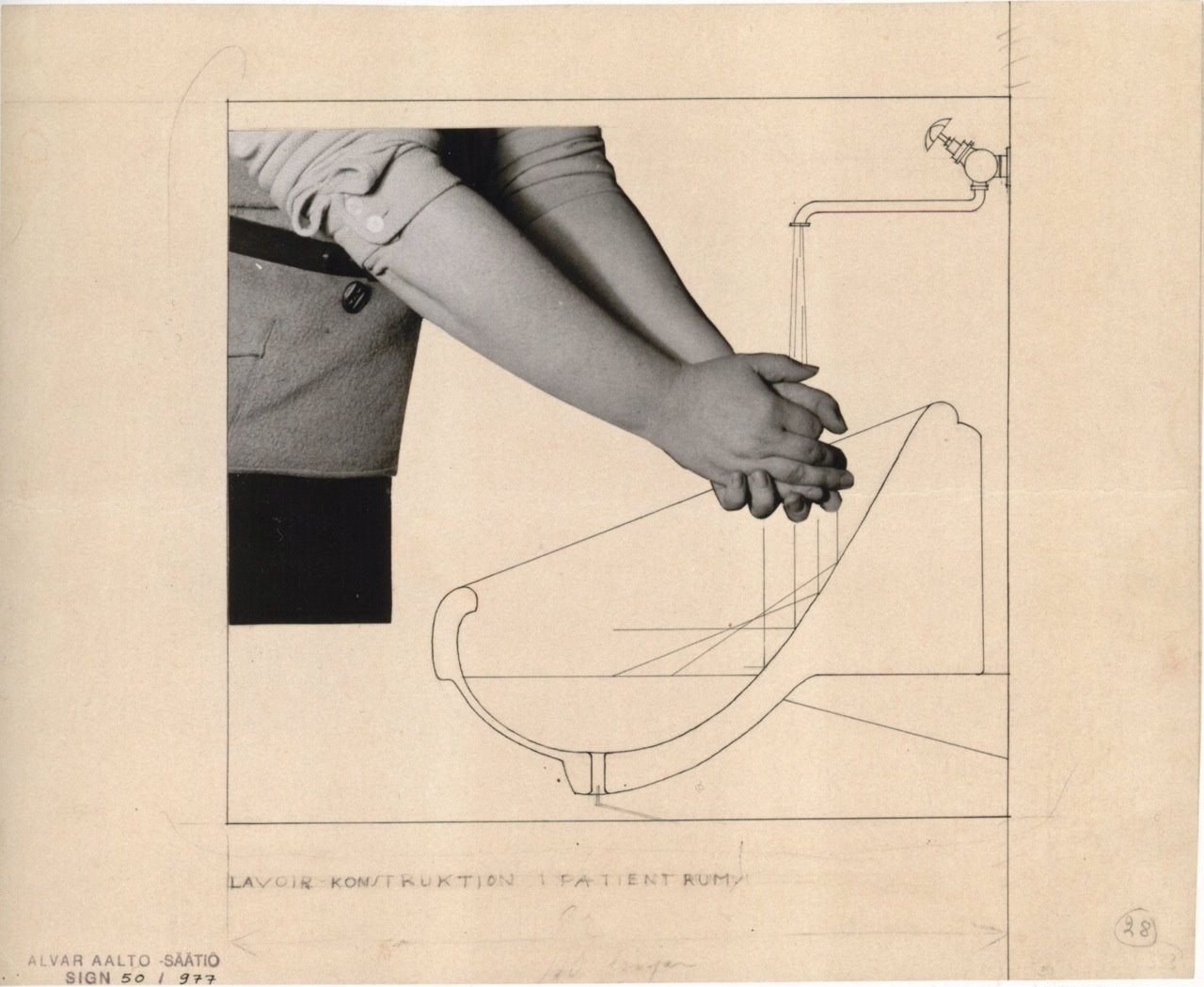
Paimio Sanatorium Sink Drawing, Alvar and Aino Aalto, 1929 | alvaraalto.fi

Paimio Chairs, Alvar and Aino Aalto | cdnassets.net
Όλα αυτά στη χρονική στιγμή που βρισκόμαστε ίσως ακούγονται παντελώς αδιάφορα και ξεπερασμένα ή πλήρως σχετικά, αφού τώρα ξεκινάμε να βγαίνουμε από το μαύρο σύννεφο της πανδημίας του Covid που αναστάτωσε τις ζωές μας και κόστισε τόσα θύματα. Το βασικό επίπεδο της σωματικής υγιεινής, ευτυχώς, η αρχιτεκτονική και η πολεοδομία της εποχής μας έχουν τα μέσα να το συναντήσουν με σχετική ευκολία, ακόμα και αν στην Αθήνα τα πράγματα είναι ακόμα ασφυκτικά. Οι επιδημίες που δείχνουν πια κοντινότερες δεν είναι οι ιώσεις και η φυματίωση, αφού τα αντιβιωτικά και τα εμβόλια βοηθάνε σε αυτά, αλλά είναι προβλήματα ψυχολογικού χαρακτήρα.
Στον εικοστό πρώτο αιώνα, οι ψυχολογικές διαταραχές από κατάθλιψη, ADHD και τα burnouts παίρνουν μορφή πανδημίας, και η αρχιτεκτονική και το design καλούνται να απαντήσουν. Ενώ, πράγματι, αυτοί οι τομείς γνώσης αφορούν κατ’ εξοχήν τη βελτίωση της καθημερινότητας με περισσότερο ή λιγότερο επιστημονικούς τρόπους, ενδεχομένως το βάρος που έχουν, από τη μία, αναλάβει οι σχεδιαστές, και από την άλλη έχει πέσει πάνω τους, να είναι δυσανάλογο της σκοπιάς πράξης τους. Όταν μια ολόκληρη κουλτούρα προωθεί ή δεν αποτρέπει ενεργά αυτές τις παθήσεις, κυρίως για λόγους παραγωγικότητας και κατανάλωσης, τότε η σχεδιαστική γραμμή μοιάζει λίγη. Τότε ακριβώς είναι η στιγμή που η αρχιτεκτονική και το design πρέπει να ασχοληθούν με μια πλαστική ψυχιατρική για τον καλλωπισμό της ζωής μας και της καθημερινότητας, σε περισσότερες διαστάσεις από αυτές της ακτινογραφίας και της μαγνητικής τομογραφίας.




